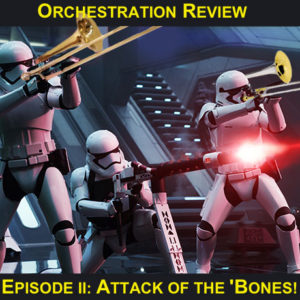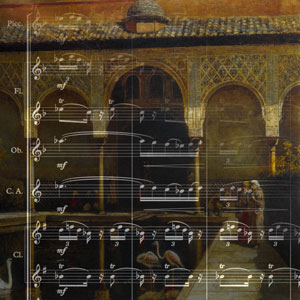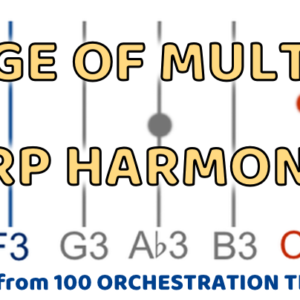Star Wars: The Force Awakens Orchestration Review, Episode II – Attack of the ‘Bones!
We orchestrators and composers are a specialised lot, as far a movie fandom is concerned. We love certain films with a passion, for their composers as much as (or more than) how well they’re scripted, directed, and acted. We can get passionately twisted over such issues as who orchestrated what, or whether a great film…
Read more…






